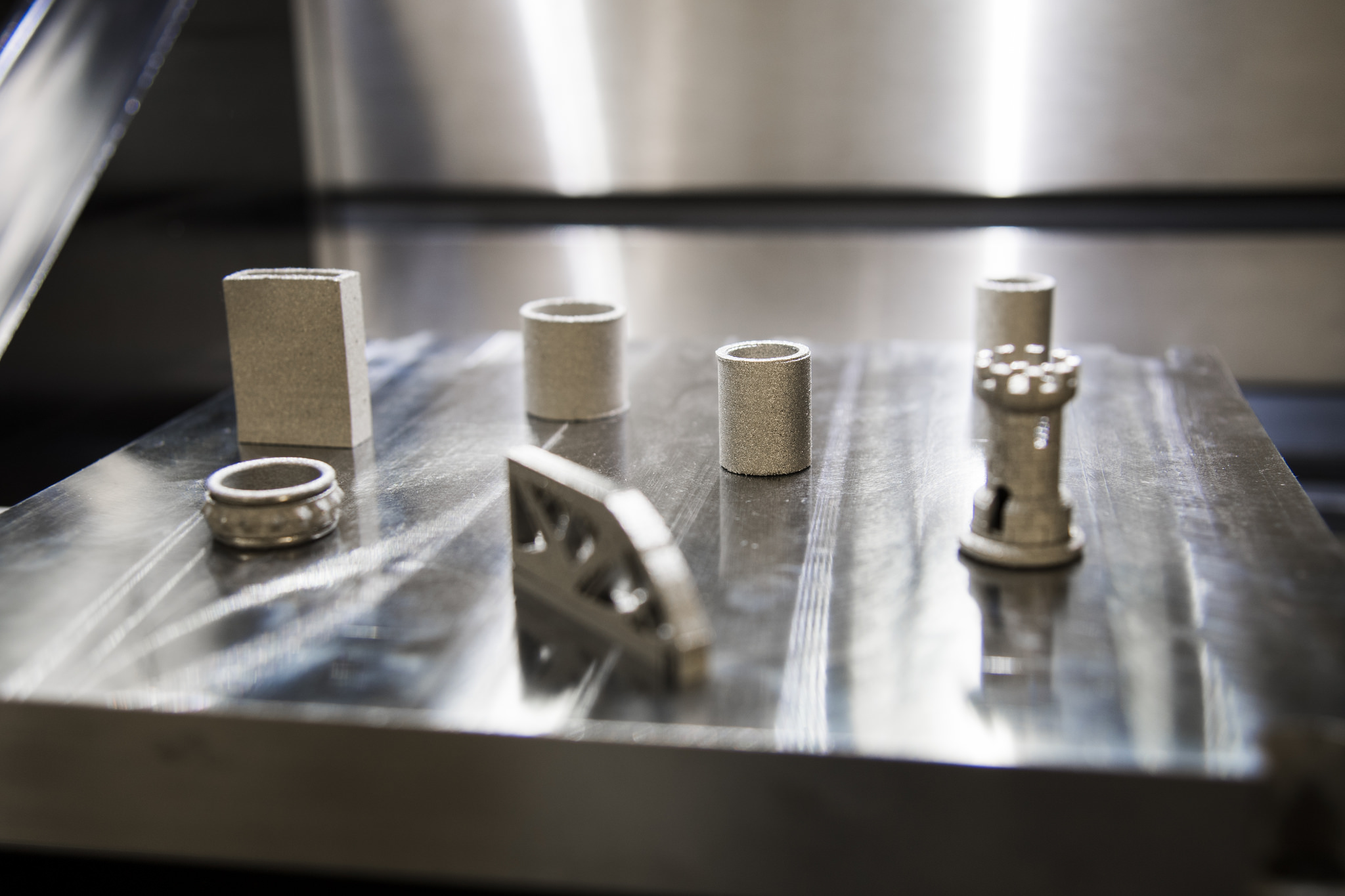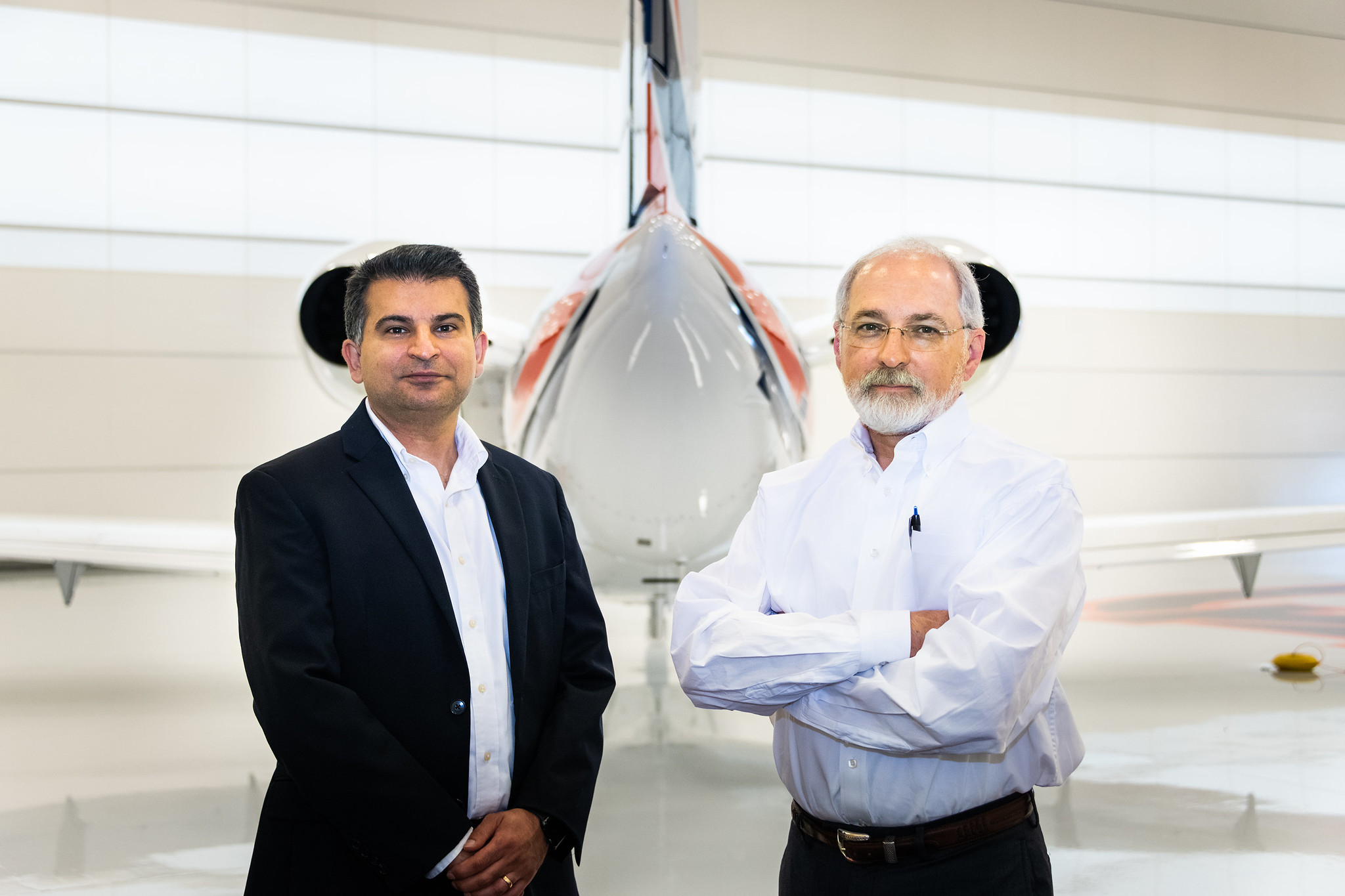Funded by a $3M grant from the Federal Aviation Administration (FAA), Auburn University’s National Center for Additive Manufacturing Excellence (NCAME) is set to commence a two-year project to improve air travel. The NCAME engineers will use the grant to enable the production of metal components for commercial aircraft. Specifically, the team will delve deeper into the 3D printing process and materials to fine-tune the parameters required to print end-use components.
Steve Taylor, co-principal investigator on the project, states: “By teaming our faculty, who are global leaders in research on additively manufactured metal components, with the top engineers and scientists at FAA, we are confident that we can develop new knowledge that will help engineers design safer, more efficient aircraft. Auburn University is honored to be collaborating with the FAA.”

Variability in performance
A core issue in additive manufacturing is variability in performance, whereby identical parts 3D printed on different machines will have discrepancies in their mechanical properties. According to the NCAME, there is also a lack of understanding when it comes to the microstructures of 3D printed metal parts, and their subsequent effects on fatigue and fracture resistance. This makes it very difficult to define specifications and standards in the industry – especially with tightly controlled parts for sectors such as aviation.
Nima Shamsaei, Director of the NCAME, explains: “This is what I call the ‘Achilles heel’ of additive manufacturing. Such variations make the qualification and certification of AM materials and parts challenging. By understanding the sources of variability, controlling them, or accounting for them, we can generate more reliable materials data and more reliable AM products.”
The project ultimately aims to improve aircraft safety by standardizing the certification process for structural applications and advanced materials. The NCAME, established in 2017, claims to be an international leader in the research area. The Center has extensive experience working on spaceflight materials and was one of the founding partners of the ASTM International Additive Manufacturing Center of Excellence.

Auburn’s additive adventures
Auburn’s NCAME has already been involved in a number of aerospace additive manufacturing projects since its inception. Last year, the Center was awarded a $5.2M contract from NASA to apply its expertise to help improve the performance of liquid rocket engines through 3D printing. The three-year project is currently enabling the development of “regeneratively cooled” thrust chambers using additive manufacturing, with a technique that should also result in weight savings.
The NCAME has also previously initiated a project involving a $1.5M X-ray CT scanner. The system was used to non-destructively test 3D printed parts to determine their viability as “mission-critical” components for the aerospace industry. The machine was acquired with a grant from the National Institute of Standards and Technology and is being described as “a real game-changer” by Bart Prorok, Director of Auburn’s Analytical Microscopy Center.
The 4th annual 3D Printing Industry Awards are coming up in November 2020 and we need a trophy. To be in with a chance of winning a brand new Craftbot Flow IDEX XL 3D printer, enter the MyMiniFactory trophy design competition here. We’re happy to accept submissions until the 30th of September 2020.
Subscribe to the 3D Printing Industry newsletter for the latest news in additive manufacturing. You can also stay connected by following us on Twitter and liking us on Facebook.
Looking for a career in additive manufacturing? Visit 3D Printing Jobs for a selection of roles in the industry.
Featured image shows Auburn Engineering faculty: Nima Shamsaei (left) and Steve Taylor (right). Photo via Auburn University.



